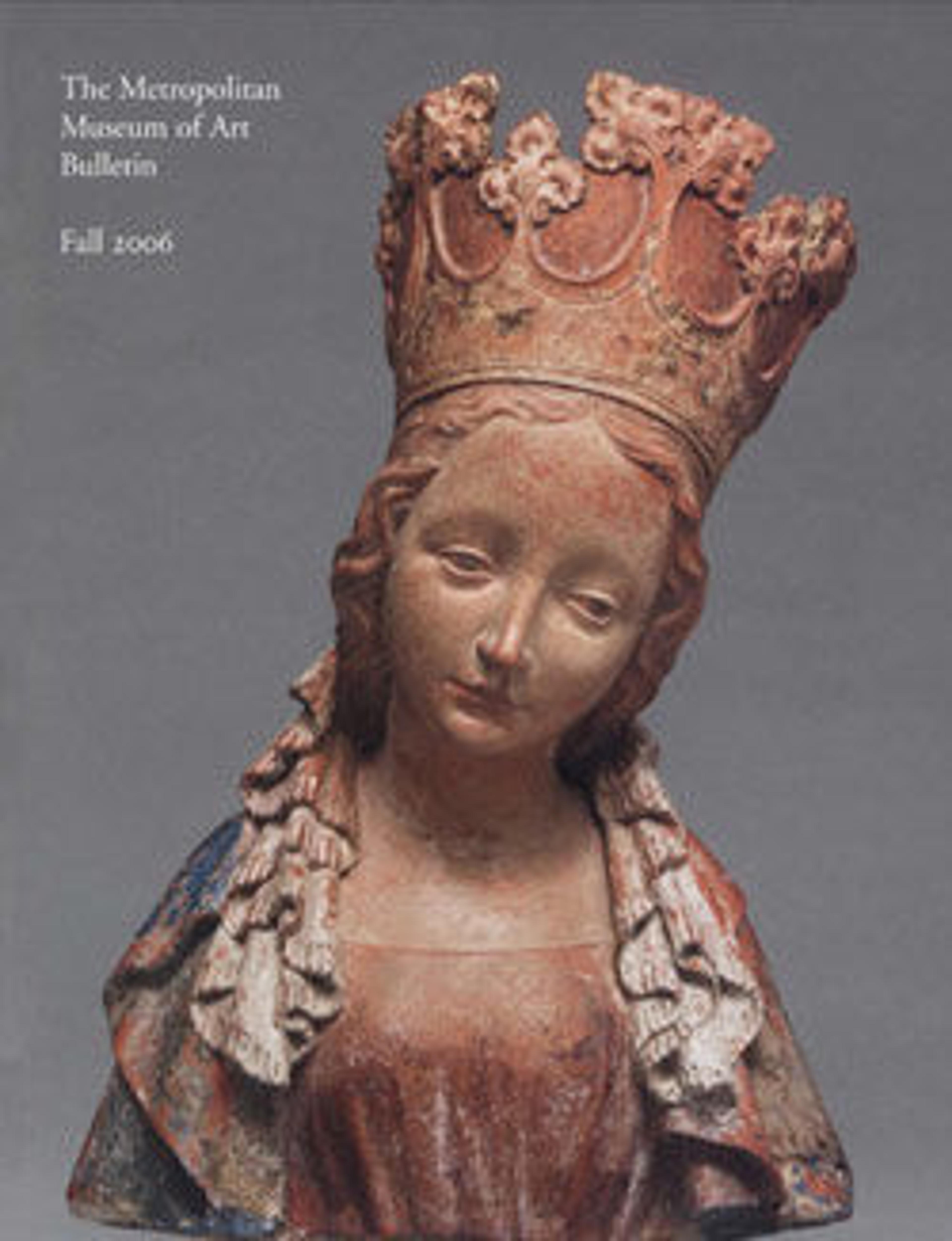Liu Chen and Ruan Zhao Entering the Tiantai Mountains
Painted by a member of the Song royal family who lived through the Mongol conquest, this handscroll, which revives the monochrome drawing style of the scholar-artist Li Gonglin (ca. 1041–1106), chronicles the legend of two men of the Han dynasty who stumble upon a magical realm of immortals. Returning home after what seemed like half a year, they discover that seven generations have come and gone and that they are alone in the world. The men’s loss of home and paradise evokes the disorientation and alienation felt by many of the Chinese elite following the fall of the Song dynasty in 1279.
What little we know of the artist is contained in the colophons mounted after the painting. The first, by Hua Youwu (1307–after 1386), describes Zhao Cangyun as an artist known for “boneless” (without outlines) ink-wash landscapes and delicate figure paintings. Hua also states that the artist was more famous in his youth than his fellow clansmen Zhao Mengjian (1199–before 1267) and Zhao Mengfu (1254–1322). As Zhao Cangyun withdrew to the mountains and lived as a recluse, never marrying or serving as an official, no documentation, except this scroll, survives.
What little we know of the artist is contained in the colophons mounted after the painting. The first, by Hua Youwu (1307–after 1386), describes Zhao Cangyun as an artist known for “boneless” (without outlines) ink-wash landscapes and delicate figure paintings. Hua also states that the artist was more famous in his youth than his fellow clansmen Zhao Mengjian (1199–before 1267) and Zhao Mengfu (1254–1322). As Zhao Cangyun withdrew to the mountains and lived as a recluse, never marrying or serving as an official, no documentation, except this scroll, survives.
Artwork Details
- 元 趙蒼雲 劉晨阮肇入天台山圖 卷
- Title:Liu Chen and Ruan Zhao Entering the Tiantai Mountains
- Artist:Zhao Cangyun (Chinese, active late 13th–early 14th century)
- Period:Yuan dynasty (1271–1368)
- Culture:China
- Medium:Handscroll; ink on paper
- Dimensions:Image: 8 7/8 in. x 18 ft. 5 in. (22.5 cm x 564 cm)
- Classification:Paintings
- Credit Line:Ex coll.: C. C. Wang Family, Gift of Oscar L. Tang Family, 2005
- Object Number:2005.494.1
- Curatorial Department: Asian Art
Audio
7414. Liu Chen and Ruan Zhao Entering the Tiantai Mountains
0:00
0:00
We're sorry, the transcript for this audio track is not available at this time. Please email info@metmuseum.org to request a transcript for this track.
More Artwork
Research Resources
The Met provides unparalleled resources for research and welcomes an international community of students and scholars. The Met's Open Access API is where creators and researchers can connect to the The Met collection. Open Access data and public domain images are available for unrestricted commercial and noncommercial use without permission or fee.
To request images under copyright and other restrictions, please use this Image Request form.
Feedback
We continue to research and examine historical and cultural context for objects in The Met collection. If you have comments or questions about this object record, please contact us using the form below. The Museum looks forward to receiving your comments.
